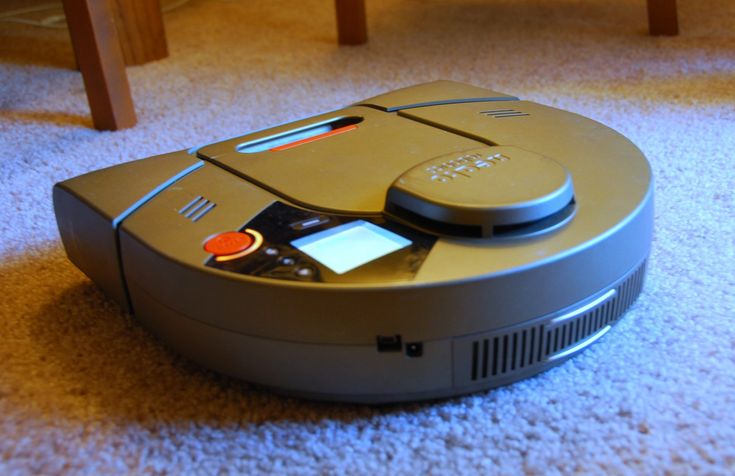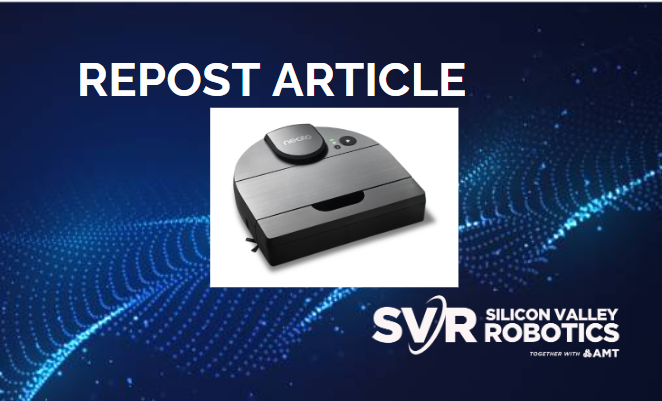This article is by Evan Ackerman from IEEE Spectrum and only the first part is reposted here. We recommend you read the full article here.
The parent company of robot vacuum maker Neato Robotics, Germany’s Vorwerk Group, announced late last week that a broad restructuring of its robotics division will result in the closure of Neato and the end of the Neato product line. Vorwerk is promising five years of parts and service availability, along with enough software support to keep current cloud services operational and secure, but it’s the end of an era for a seriously cool family of home robots that were (for a while) ahead of their time.
I’ve had a soft spot for Neato Robotics ever since I met their first robot at CES 2010. At the time, iRobot was dominant in the robot vacuum market (and still is), and Neato sought to challenge that by making a robot that could affordably do what Roombas could not: Map their environment to ensure that they could reliably vacuum your floor in one efficient pass. Back then, Roombas would pseudo-randomly bounce around, relying on a handful of behaviors and a long cleaning time to hit every part of your floor an average of three times. This got things clean, but it looked a little inept, which was a bigger deal than it probably should have been.
Neato’s approach involved using an actual 360-degree lidar to detect walls and furniture, generating remarkably accurate maps as part of its cleaning process. Putting a lidar onto a consumer robot for US $400 (that’s $400 in 2010, but still) was quite an achievement—the lidar hardware itself only cost about $25, and you can still buy affordable lidars based on the same operating principle. In addition to getting a detailed (and eventually interactive) map of where your robot cleaned, the lidar also allowed the Neato to get right up against walls and into corners, making use of its unique (for a while, at least) “D” shape.

The Neato XV-11 in 2010.EVAN ACKERMAN
Evan Ackerman is a senior editor at IEEE Spectrum. See full bio →

